Africa, a continent rich in culture, history, and diversity, offers travelers an opportunity to bring home more than just memories. Each country on this vast continent has its own unique crafts, artwork, and traditional items that reflect its heritage and traditions. Whether you’re winding through the bustling markets of Marrakech, exploring the art galleries of Johannesburg, or on safari in Kenya, you’ll find plenty of unique and meaningful souvenirs to commemorate your journey. This guide explores some of the best keepsakes you can bring home from various African countries.
Table of Contents
Morocco: Leather Goods and Argan Oil
Start your souvenir shopping in the vibrant markets of Morocco. The souks of Marrakech are famed for their high-quality leather goods. The tanneries of Fez, where artisans have been practicing their craft for centuries, produce some of the finest leather in the world. Consider a beautifully crafted leather bag, belt, or a pair of traditional slippers known as babouches.
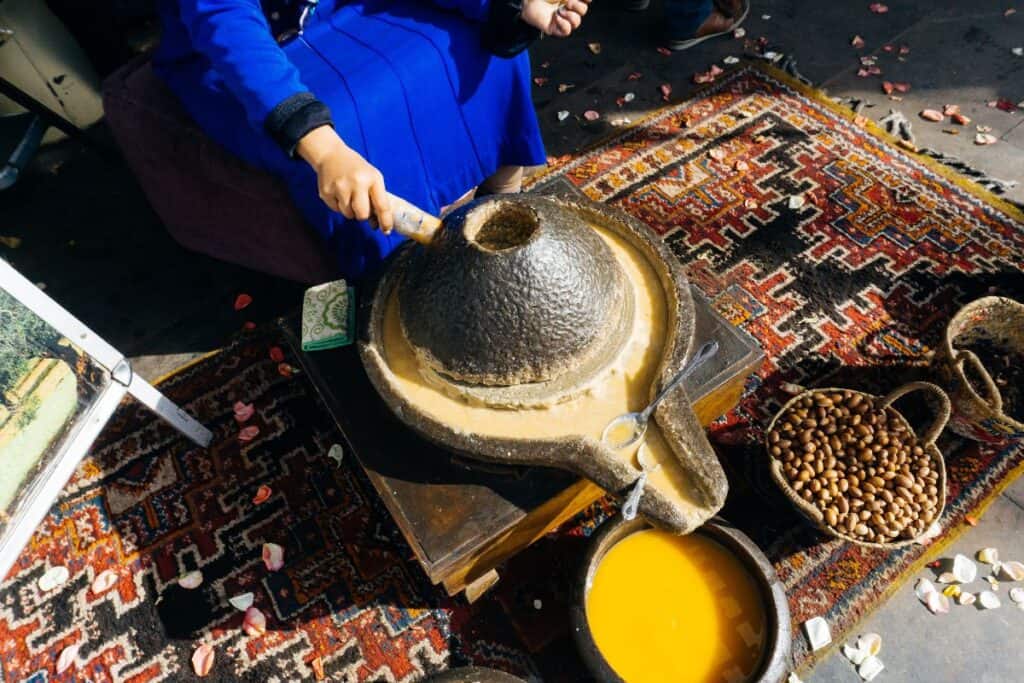
Another must-bring item from Morocco is argan oil, often called ‘liquid gold.’ This versatile oil is used for cooking, hair care, and skincare, and is sourced from the nuts of the argan tree, which grows almost exclusively in Morocco. Purchasing it directly from the cooperatives where it’s produced supports local communities, especially women’s groups.
South Africa: Beadwork and Wine
South Africa, with its rich history of art and design, offers a colorful array of beadwork crafted by the Zulu and Ndebele communities. Beaded jewelry, dolls, and even household items like coasters and bowls make for vibrant reminders of your visit. The meticulous detail in each piece reflects a storied tradition passed down through generations.
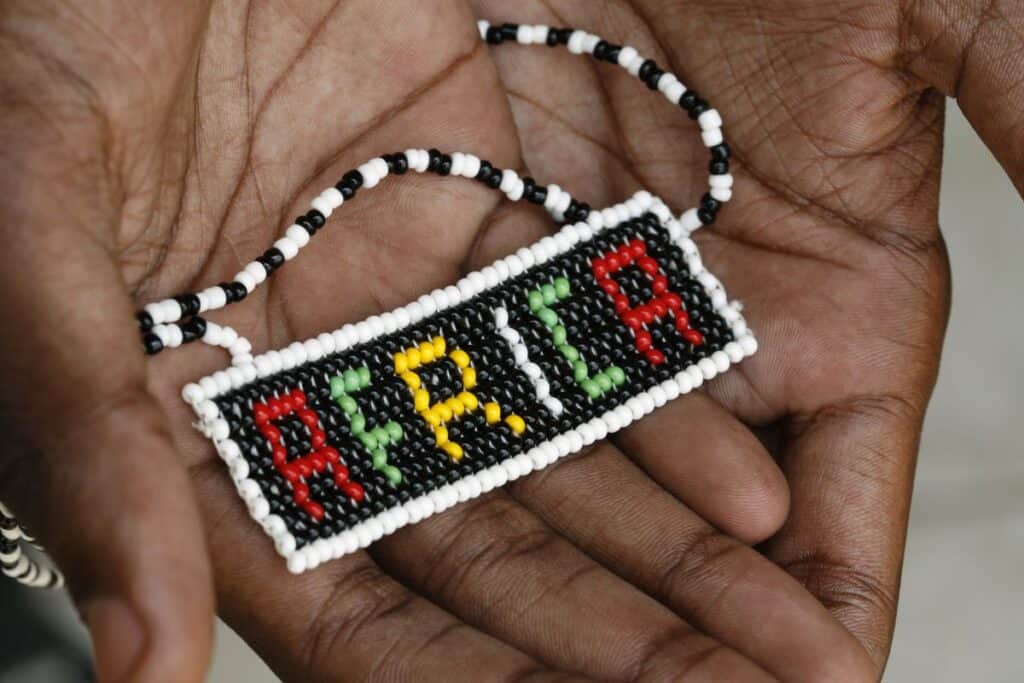
Wine connoisseurs should not miss the chance to bring back a bottle or two from South Africa’s world-renowned wineries. The Cape Winelands, with their stunning landscapes, produce some of the world’s best wines. A visit to a local vineyard can also include tastings and tours, providing a deeper appreciation of the wine-making process.
Kenya: Maasai Crafts and Coffee
Kenya is synonymous with the Maasai Mara and its iconic tribe, the Maasai. Their brightly colored shukas (cloaks) and intricate beadwork, which include necklaces, bracelets, and earrings, are not just beautiful but also hold cultural significance. Each pattern and color tells a story, making these items both decorative and meaningful.
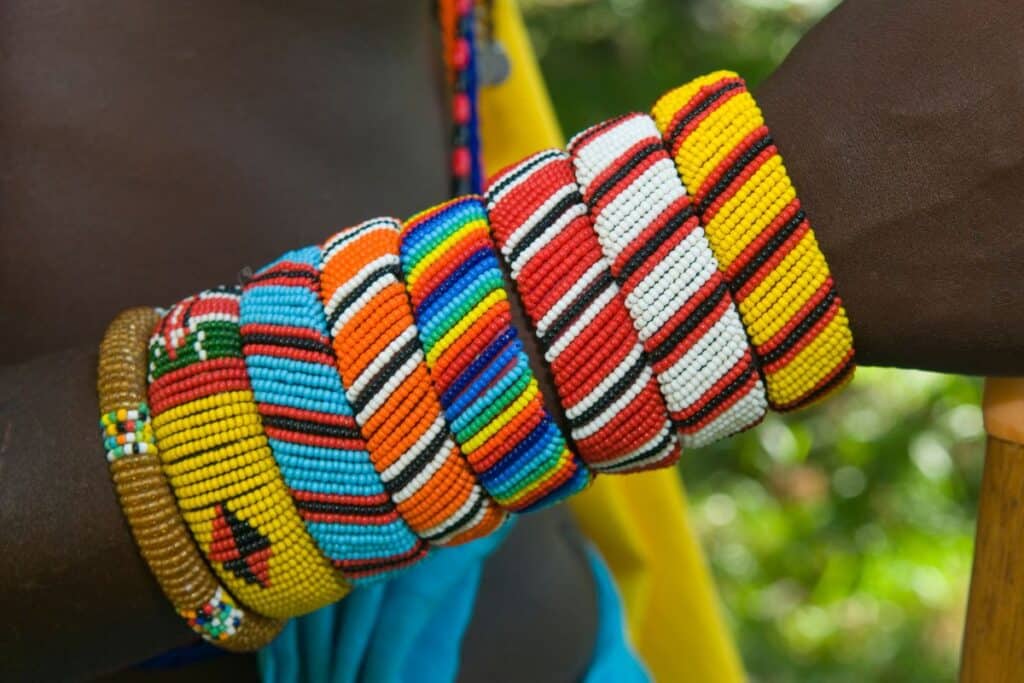
Kenya is also famous for its coffee, regarded as some of the finest globally. The ideal climate of the highlands produces beans with unique flavors and aromas. Buying coffee here not only guarantees you a fresh and high-quality brew but also supports the local farmers who depend on this crop for their livelihood.
Egypt: Papyrus Paintings and Alabaster Vases
No trip to Egypt is complete without a visit to its ancient landmarks, but equally compelling are its traditional crafts. Papyrus paintings, which depict ancient Egyptian scenes and hieroglyphics, make for a unique and educational piece of decor. Ensure you buy from a reputable seller to avoid imitations made from banana leaves.
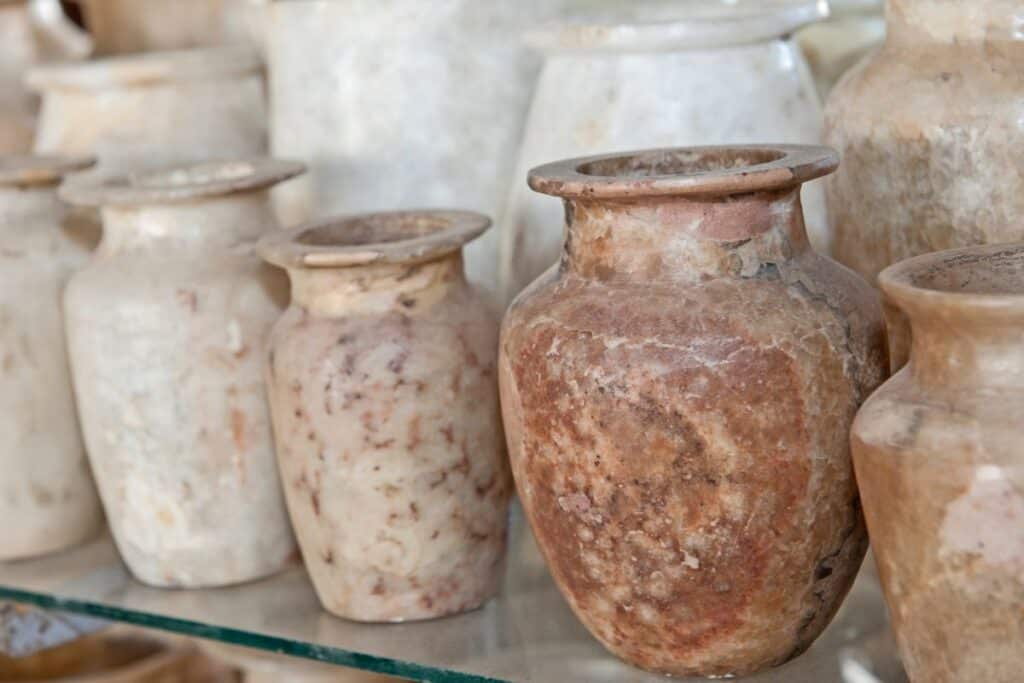
Alabaster, a soft stone found in Egypt, has been used for centuries to make various objects. In Luxor and Cairo, you can find handcrafted vases, statues, and other decorative items made of alabaster. These are often light enough to carry home and serve as a stylish reminder of your trip.
Ghana: Kente Cloth and Wood Carvings
Ghana’s kente cloth is known worldwide for its vibrant colors and intricate patterns. Originally worn by royalty, this handwoven fabric is now used in fashion and home décor. Owning a piece of kente cloth not only enriches your wardrobe or home but also supports the artisan weavers of Ghana’s Ashanti and Ewe tribes.
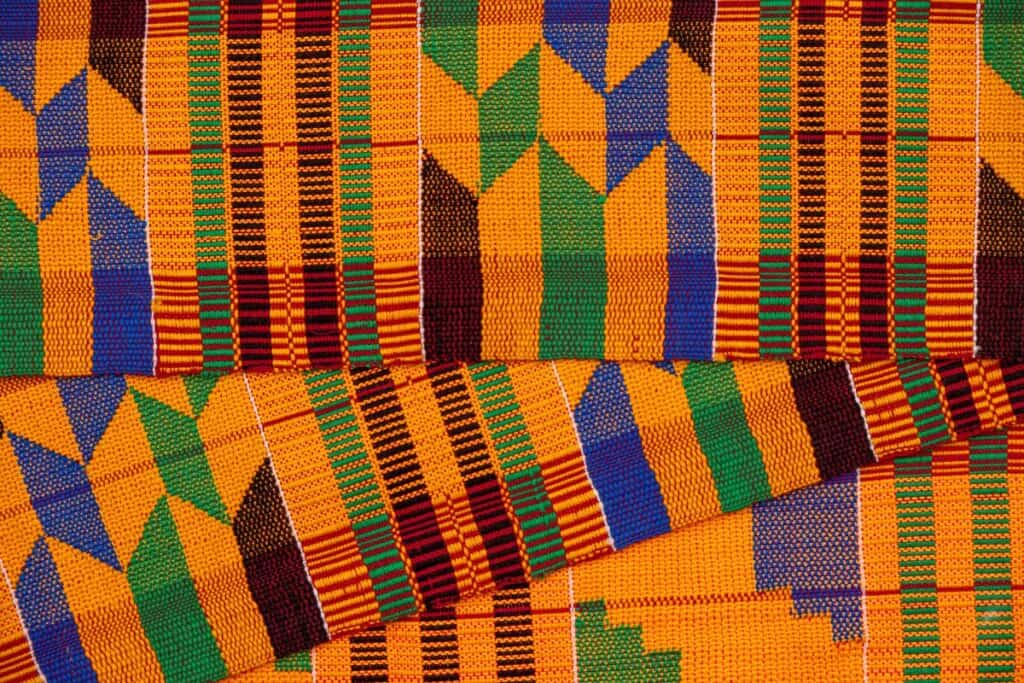
Wood carving is another craft where Ghanaian artisans excel. From small figurines to large furniture, the skill and creativity displayed in these wood creations are exceptional. Items like the Ashanti stools are not only functional but are also steeped in cultural symbolism and history.
Tanzania: Tingatinga Paintings and Tanzanite
Tingatinga art, originating from Tanzania, is characterized by its bold, vibrant colors and whimsical depictions of animals and everyday life. These paintings, made with bicycle paint on canvas, are a fun and eye-catching way to remember your African adventure.
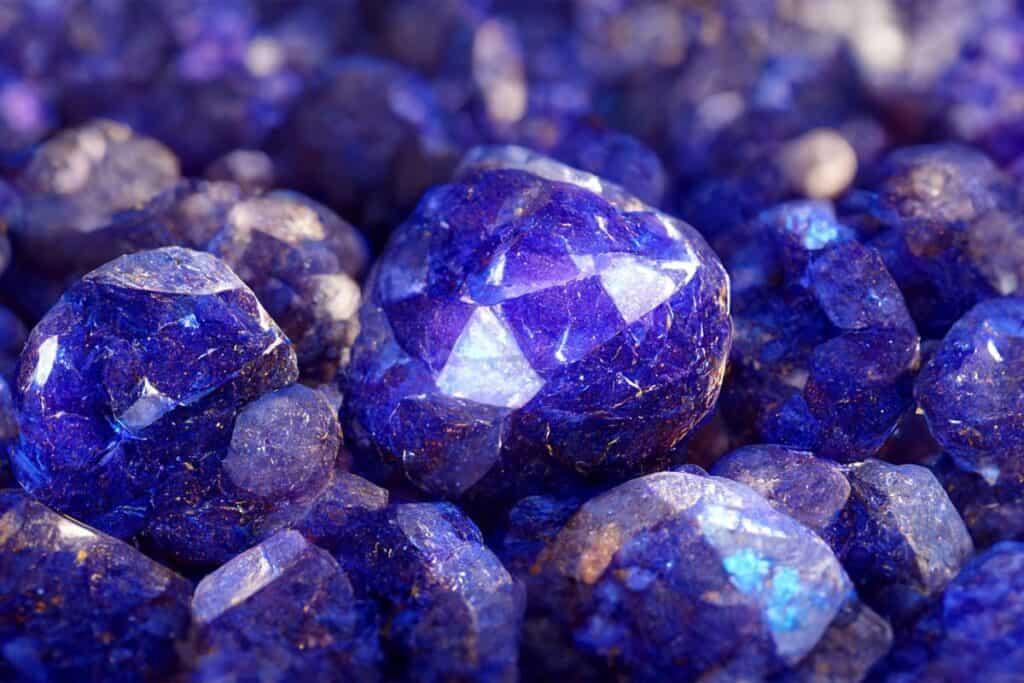
Another gem from Tanzania is Tanzanite. This blue-violet gemstone is found exclusively in the foothills of Mount Kilimanjaro. Its rarity and beauty make it a precious memento. When purchasing Tanzanite, it’s essential to go to a reputable dealer to ensure the quality and authenticity of the stone.
Ethiopia: Coffee Ceremonial Items and Hand-woven Fabrics
Ethiopia, the birthplace of coffee, offers a unique cultural treasure in its coffee ceremonial items. These include the jebena (a traditional coffee pot), and cups which are often handmade with intricate designs. Participating in or witnessing a traditional Ethiopian coffee ceremony can be a profound cultural experience, and owning a piece of this tradition can bring a taste of Ethiopian hospitality into your home.
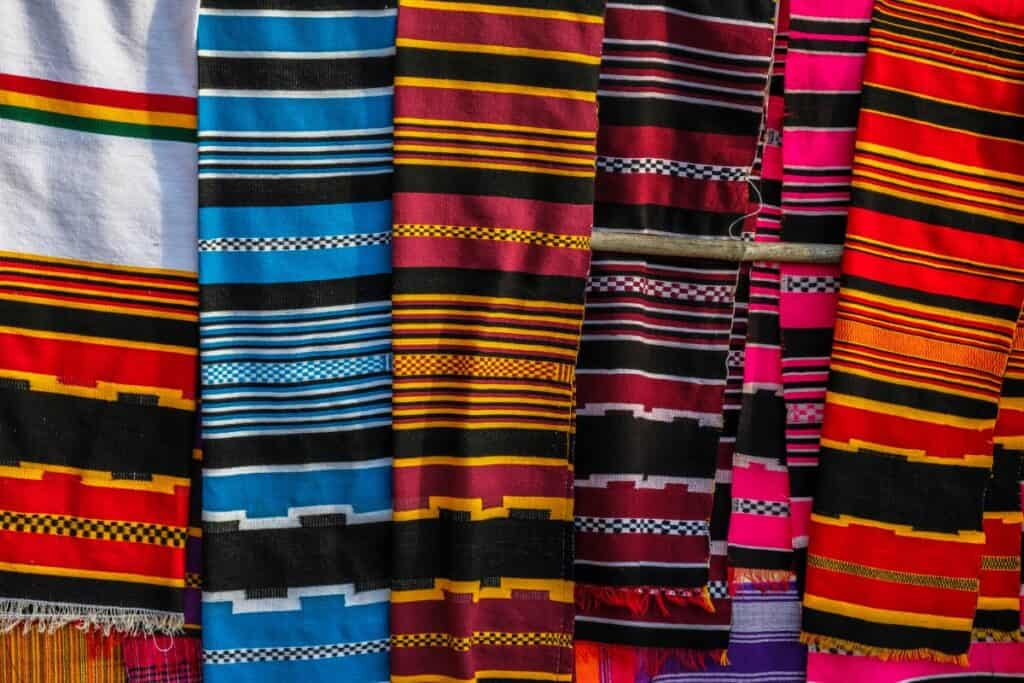
Hand-woven fabrics from Ethiopia, such as shemma used to make habesha kemis (traditional clothing), are also significant. These textiles, often made from cotton, are woven using techniques that have been passed down through generations. They are not only beautiful but also represent a piece of Ethiopian culture and craftsmanship, making them perfect keepsakes or gifts.
Nigeria: Bronze Sculptures and Nollywood Movies
Nigeria, known for its vibrant culture and arts, is famous for the bronze sculptures from Benin City. These sculptures are a testament to the skill of Nigerian artisans and are recognized worldwide for their historical value and intricate craftsmanship. Bringing home a bronze piece can serve as a luxurious and culturally rich memento of your travels.
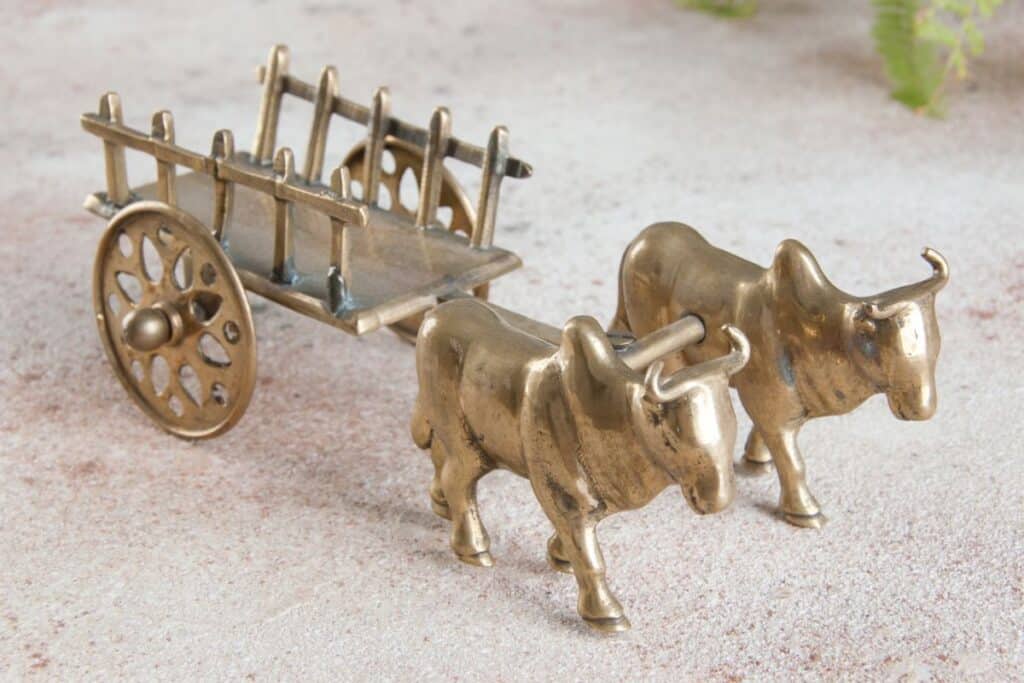
Nollywood, Nigeria’s booming film industry, produces movies that reflect the country’s diverse cultures and languages. Buying Nollywood DVDs can be a great way to continue enjoying Nigerian storytelling and drama from the comfort of your home, providing insight into the social, cultural, and relational dynamics of the country.
Madagascar: Raffia Handicrafts and Vanilla
Madagascar is renowned for its raffia handicrafts, which are made from the leaves of the raffia palm. These include baskets, hats, and mats, all featuring unique designs and colors. These items not only serve as beautiful reminders of your trip but also support the local artisans who create them.
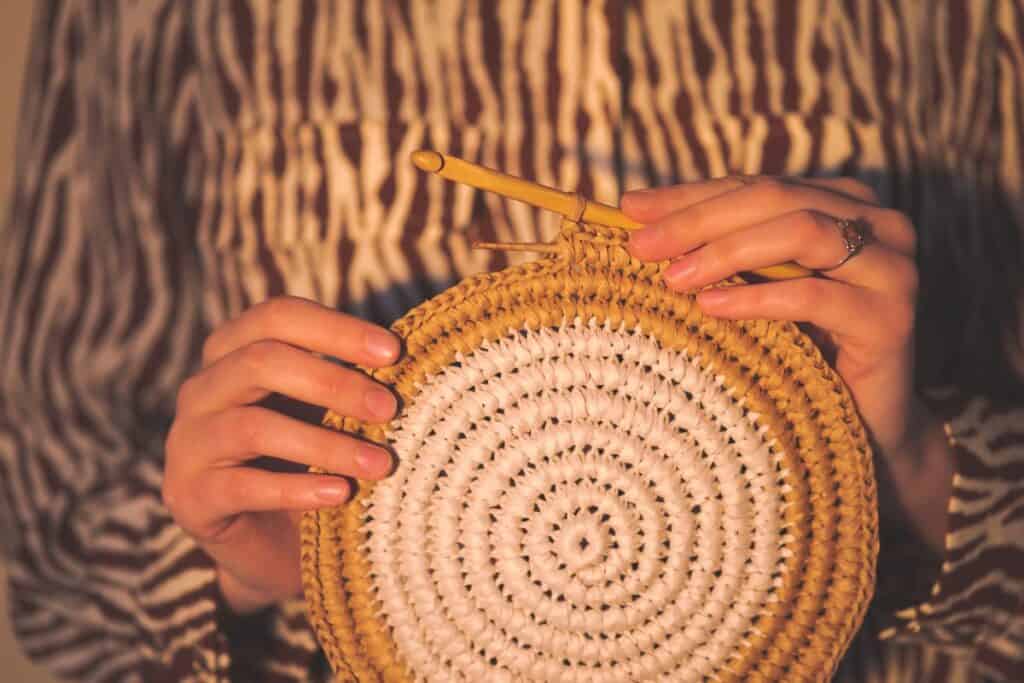
Vanilla is another treasure to take home from Madagascar, one of the world’s largest producers of high-quality vanilla. The aroma and flavor of Madagascar vanilla are unparalleled, making it a sought-after ingredient for chefs and food enthusiasts worldwide. Purchasing vanilla directly from the growers ensures freshness and supports the local agriculture.
Namibia: Gemstones and Bushman Crafts
Namibia offers a variety of gemstones, including tourmaline, amethyst, and topaz, which are mined locally. Jewelry and uncut stones can be purchased as exquisite souvenirs that also support the local mining communities.
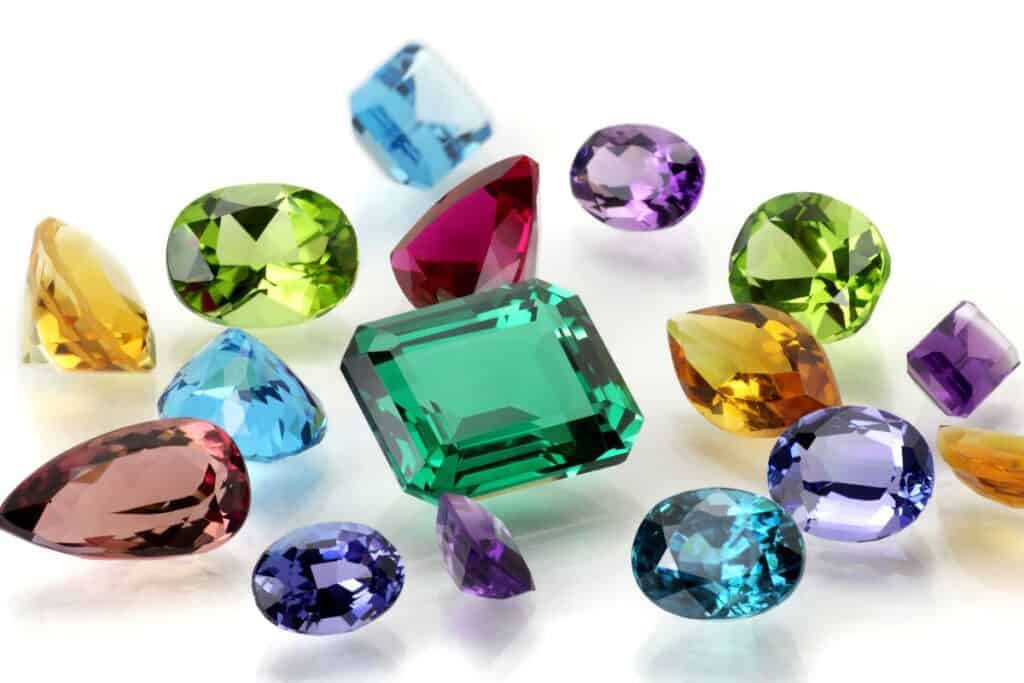
Bushman crafts, including jewelry made from ostrich egg shells, are unique to the San people of Namibia. These crafts are not just beautiful; they carry the cultural heritage of one of the oldest cultures in the world, making them priceless keepsakes.
Tips for Souvenir Shopping
When shopping for souvenirs, it’s important to consider a few things:
- Authenticity: Always ensure that the items you buy are authentic. Support local artisans by purchasing from markets, cooperatives, and local shops.
- Negotiation: In many African markets, bargaining is expected. Don’t be afraid to negotiate, but do so respectfully.
- Regulations: Be aware of export regulations, especially for items like wildlife products or antiques. Ensure that what you’re taking home is legal and ethically sourced.
Bringing home a piece of Africa is about more than just having a memento. It’s about preserving memories, supporting local economies, and celebrating the rich cultural tapestry that makes this continent so unique. Each item tells a story, adding a layer of depth and meaning to your keepsakes that goes beyond the physical.
Read the Shopping article here.
